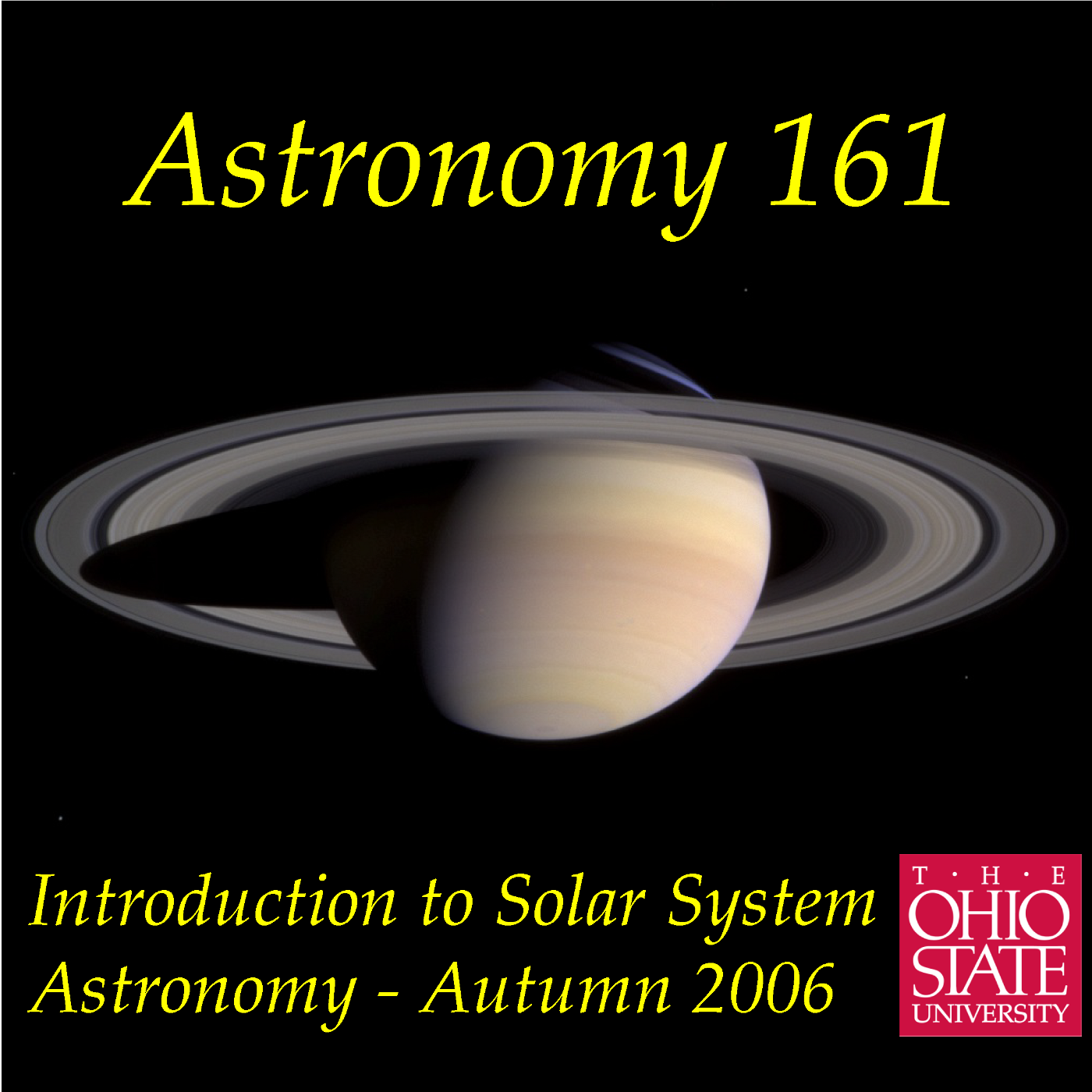Lecture 43: Icy Worlds of the Outer Solar System
Description
Beyond the orbit of Neptune is the realm of the icy worlds, ranging in
size from Triton, the giant moon of Neptune, and the dwarf planets Pluto
and Eris, all the way down to the nuclei of comets. This lecture
discussed the icy bodies of the Trans-Neptunian regions of the Solar
System, discussing the basic properties of Triton (the best studied such
object), Pluto, Eris, and the Kuiper Belt, introducing the dynamical
families of Trans-Neptunian Objects that record in their orbits the slow
migration of Neptune outwards during the early history of the Solar
System. The Kuiper Belt is the icy analog of the main Asteroid Belt of
the inner Solar System: both are shaped by their gravitational
interaction with giant gas planets (Jupiter for the asteroids, Neptune
for the KBOs), and are composed of leftover raw materials from the
formation of their respective regions of the Solar System. Recorded
2006 Nov 28 in 100 Stillman Hall on the Columbus campus of The Ohio
State University.
More Episodes
A new podcast, Astronomy 141, Life in the Universe, is available
for those interested in continuing an exploration of topics in
modern astronomy.
Published 12/06/09
Published 12/06/09
Are there planets around other stars? Are there Earth-like planets
around other stars? Do any of those harbor life? Intelligent life?
We'd like to know the answers to all of these questions, and in recent
years we've made great progress towards at least answering the first.
To date, more...
Published 12/01/06


